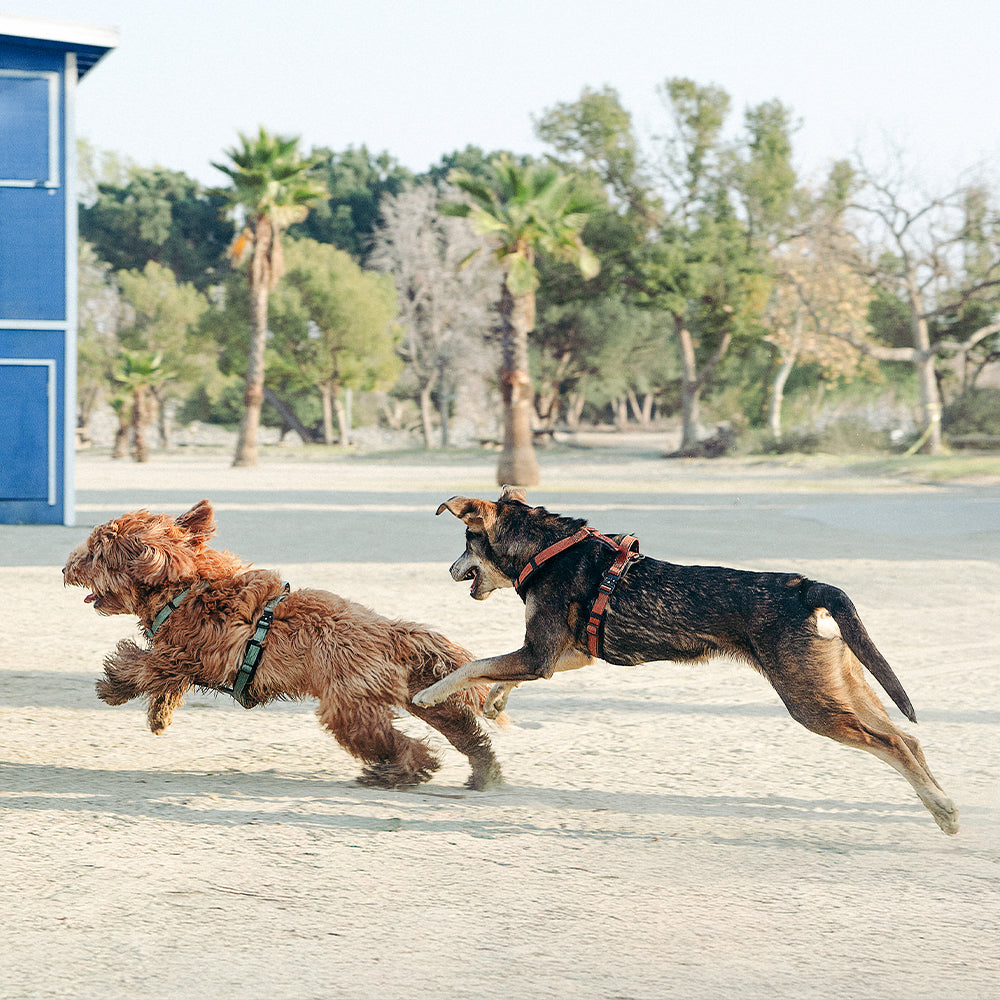
Your Dog, Your Trail: How to Gear Up for Safe and Meaningful Outdoor Adventures
There’s nothing quite like heading into nature with your dog by your side. Whether it’s forest trails, lakeside paths, or sandy beaches, watching your pup explore the world with unfiltered joy is one of life’s purest pleasures.
But behind every great adventure lies thoughtful preparation—especially when it comes to your dog’s comfort and safety. The right gear isn’t just practical—it’s a form of love, trust, and respect.
🐾 Why Gear Matters More Than You Think
Just like you lace up hiking boots and pack the right supplies, your dog needs gear designed for movement, protection, and well-being. They may not tell you when something’s uncomfortable, but they feel everything: heat, cold, fatigue, fear.
Choosing the right equipment is a way to say: “I see you, I understand you, and I’ve got your back.”
🦴 1. Harnesses Over Collars—Especially on the Trail
In an exciting outdoor setting, dogs often pull or lunge. Collars can put dangerous pressure on the neck and restrict breathing, especially for brachycephalic (short-nosed) breeds. A properly fitted harness evenly distributes force and gives you better control.
Tips:
-
Choose a harness that is adjustable, breathable, and snug (but not tight).
-
Avoid back-clip harnesses on steep or rocky terrain—they may offer less control.
🦮 2. Not All Leashes Are Adventure-Ready
Retractable leashes can be risky in rugged environments. If your dog darts forward unexpectedly, the delay in stopping them can cause injury or entanglement.
Look for:
-
Short, strong leashes with a solid grip
-
Optional clip positions for flexibility and better handling
🎒 3. Can Your Dog Carry Their Own Gear?
Yes, but only if your dog is physically mature, healthy, and conditioned for it. Dogs can safely carry up to 10% of their body weight in saddlebags. However, puppies, seniors, or dogs with joint issues shouldn’t wear backpacks.
What to consider:
-
Backpacks should sit close to the body and not restrict movement
-
Introduce them gradually at home before heading into the wild
🌦 4. Know Your Limits—And Theirs
Dogs love exploring, but they’re not built for every climate or terrain. As their human, it’s your job to recognize when nature is too much.
Avoid taking your dog out in:
-
Hot weather: Pavement and sand can burn paws; dogs overheat quickly
-
Cold, snowy, or rainy conditions: Risk of hypothermia or stiffness
-
Steep, rocky climbs or slippery surfaces
-
Sharp gravel, toxic plants, or wildlife-heavy areas
Remember, dogs experience the world with their paws and noses. Every surface they touch and scent they breathe matters. Part of protecting that wonder is knowing when to say “not this trail, not today.”
❤️ Every Outing Is a Chance to Grow Closer
Out in nature, away from screens and noise, you and your dog share something deeper: silent trust, shared rhythm, and mutual presence. These adventures don’t just strengthen muscles—they strengthen your bond.
So the next time you’re packing for an outdoor escape, don’t just bring the basics. Bring your awareness, your empathy, and your commitment to keeping your four-legged friend safe, seen, and free.